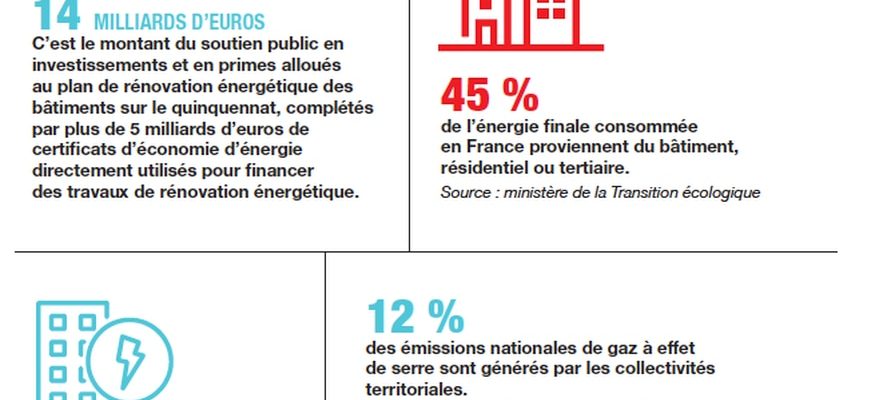What benefits can local authorities derive from the energy rehabilitation of public buildings?
Huge benefits! First of all, very concretely, in terms of the comfort of the users of these public buildings. Then, for the energy and maintenance savings that will result from this rehabilitation. And finally, for setting an example vis-à-vis their constituents.
The task is of a scale that can frighten: the State and local authorities must renovate some 400 million square meters of public buildings. Responsible for 50% of energy consumption in France, public buildings, mostly built before 1975, must be renovated. It is both a decision of good heritage management and a necessity to be part of the ecological transformation that our country must undertake.
Many communities are reluctant because they feel it is a long and complex process. What do you think ?
The problem for local authorities lies not so much in obtaining financing as in decision-making.
This is why we offer elected officials dedicated engineering to help them identify the work to be carried out in their park. With the “Prioréno” tool, which we developed with GRDF and Enedis, elected officials see for free, and in one minute, which buildings consume the most energy in their portfolio and which works to prioritize.
“50% of energy consumption in France comes from public buildings, the majority of which were built before 1975.”
In this context, what specific expertise can the Banque des Territoires provide?
Our financial expertise of course, but also our expertise in innovation, to help in the renovation process. Above all, we want to simplify the task of elected officials. To complete the toolbox at their disposal, we are launching the ÉduRénov plan dedicated to the renovation of school buildings (i.e. more than half of the assets of local authorities): financing, engineering and a complete support course.
Energy rehabilitationat the heart of transitions
Energy rehabilitation at the heart of transitions
© / -(C)-Bank of Territories
